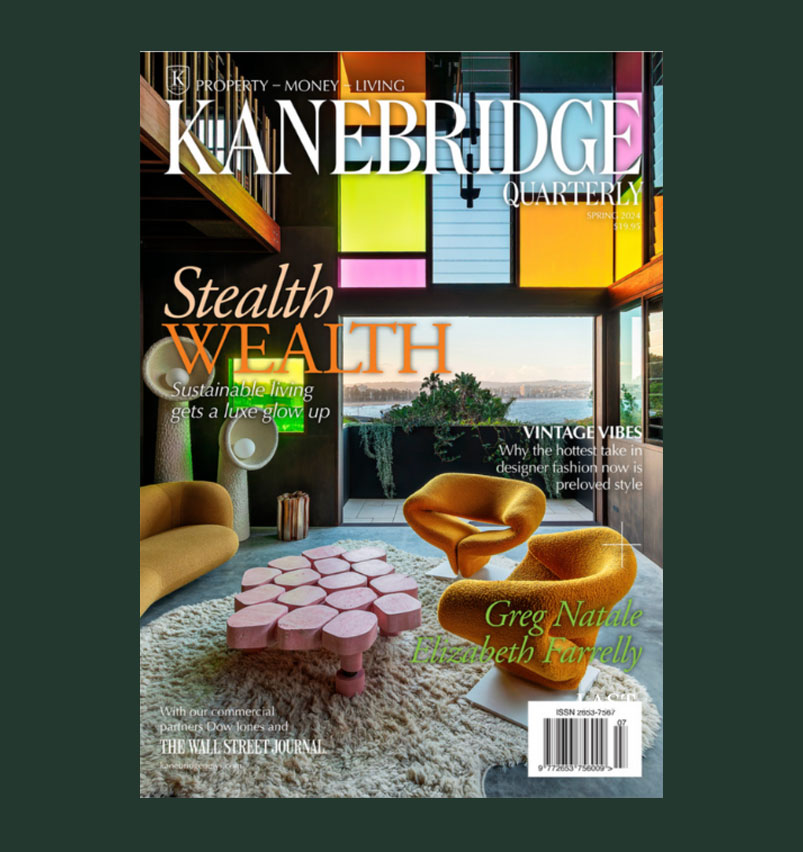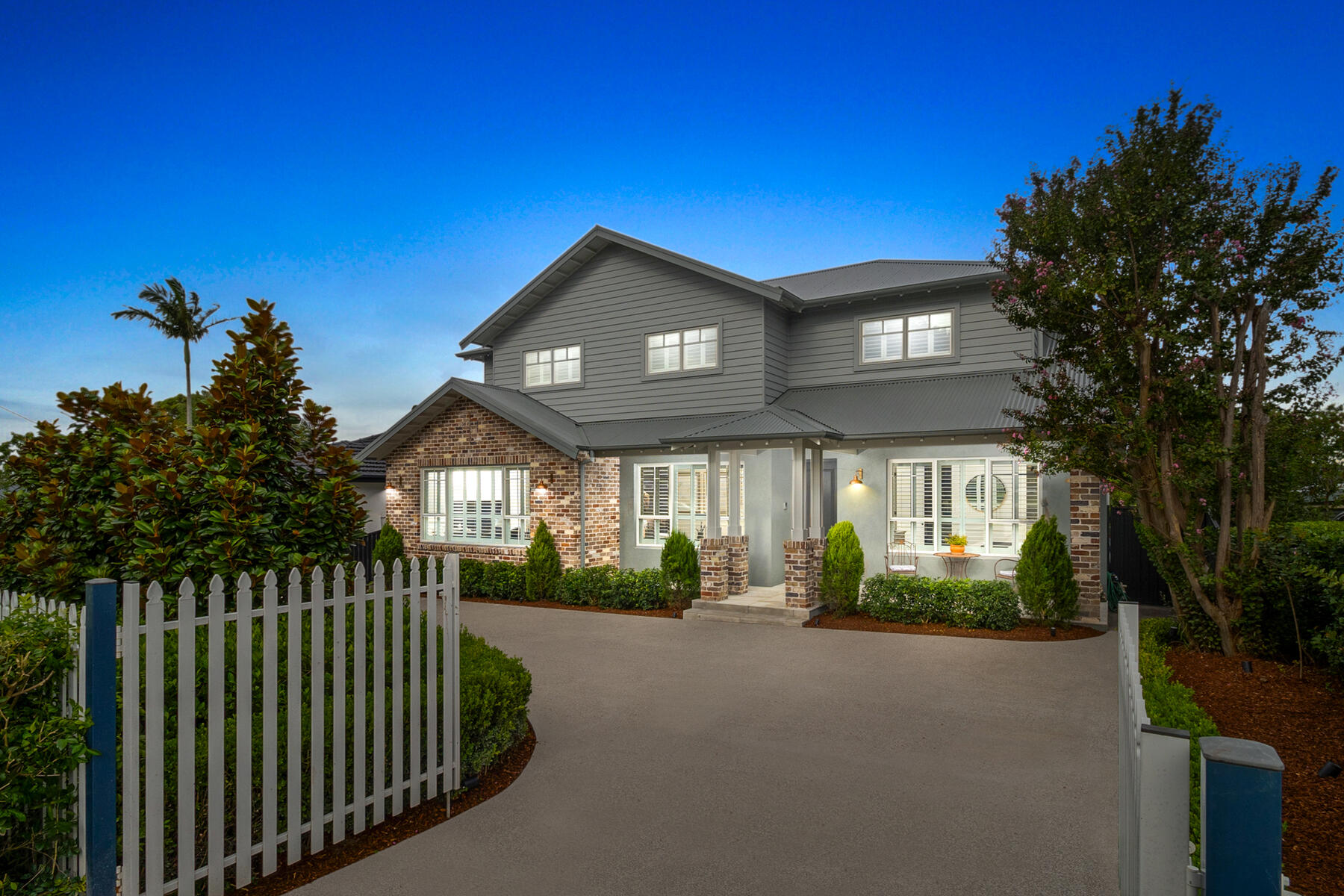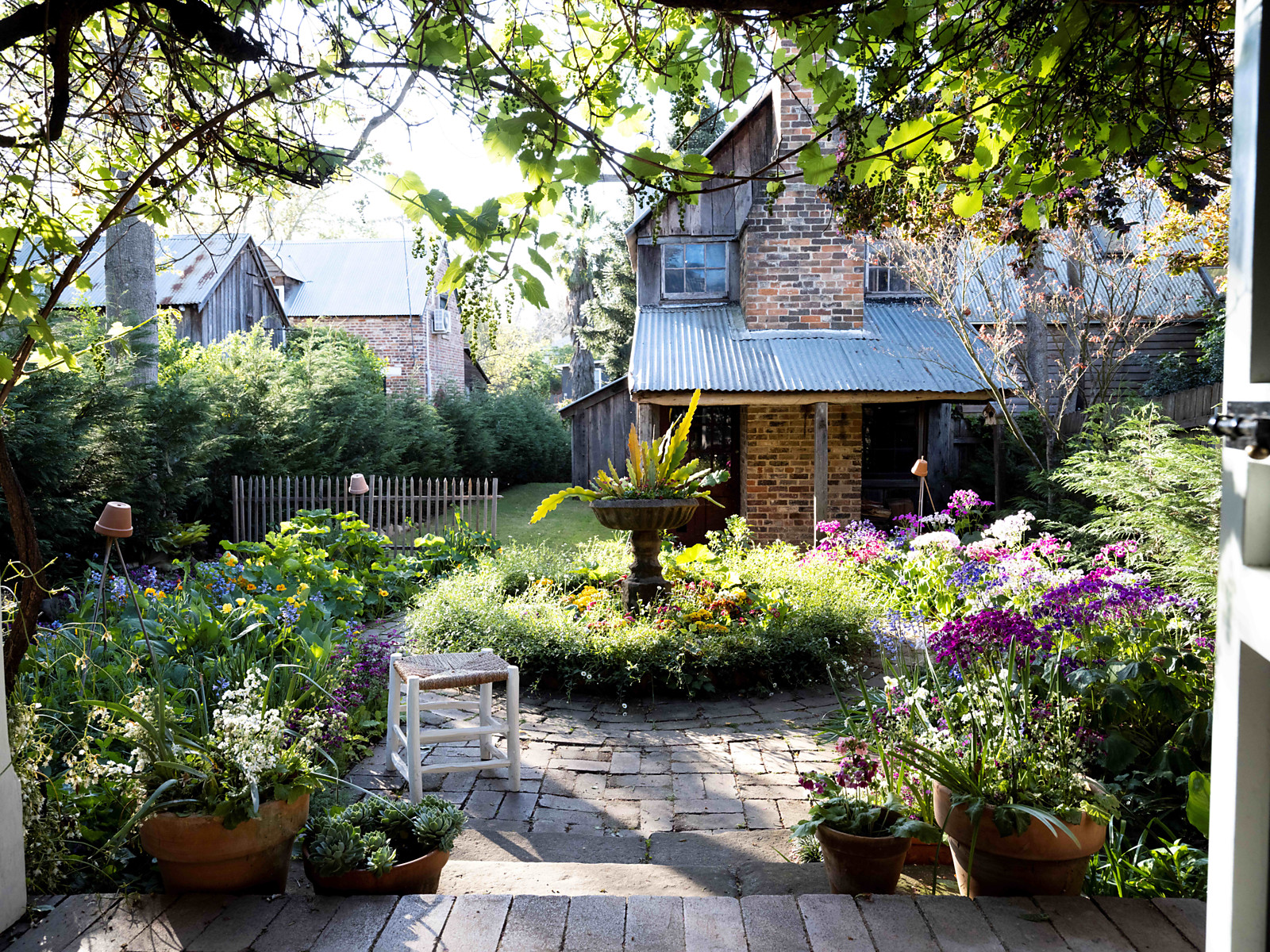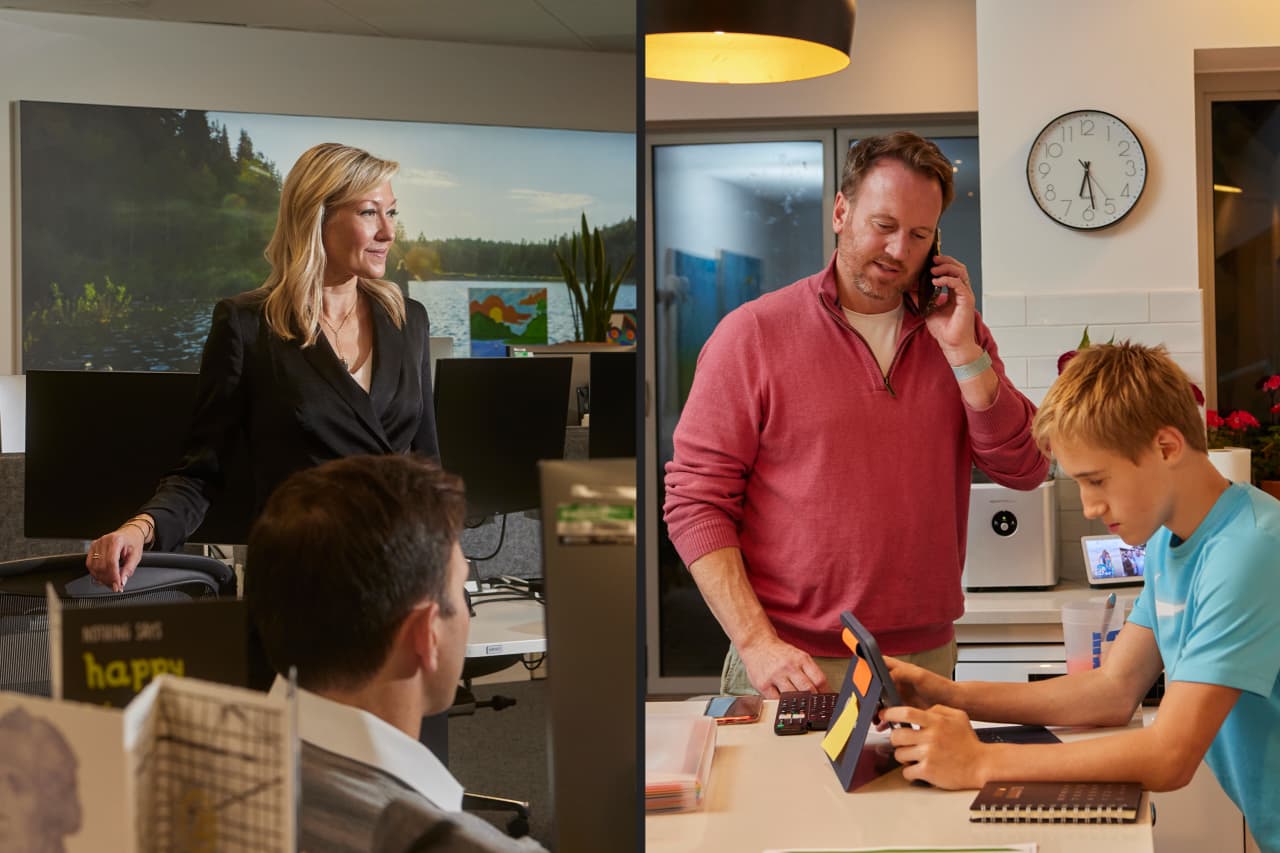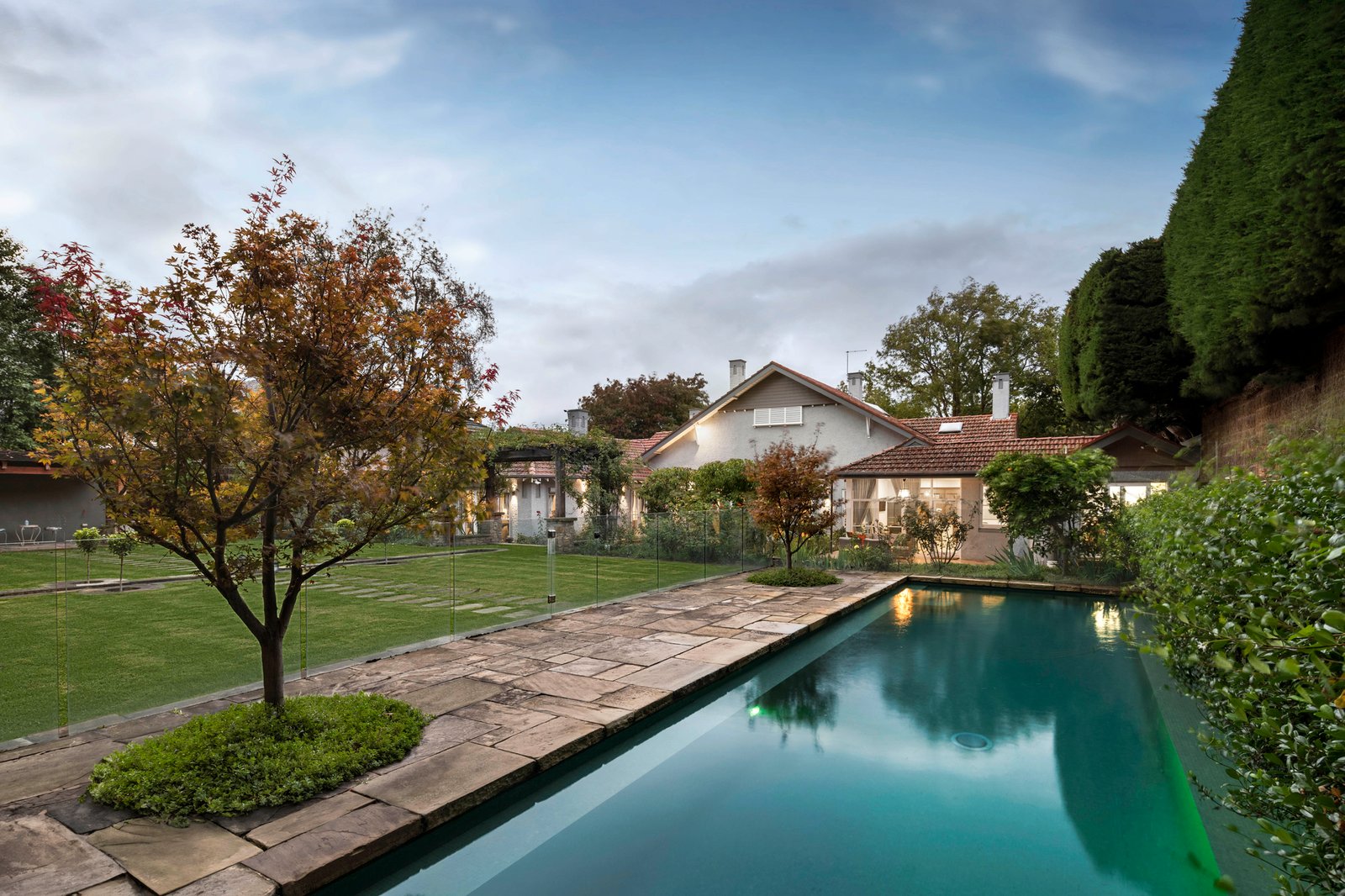The benefits – and costs – of working from home
As the hybrid working model embeds itself in Australia, new research reveals the ups and downs of working from home
The number of Australians working from home is falling, as employers encourage staff back to the office. New data from the Australian Bureau of Statistics shows 37 percent of employed people regularly work from home, a 3 percent fall since August 2021. In 2021, NSW and Victoria were subject to a series of lockdowns to contain the spread of COVID-19. Victorians went through six lockdowns during 2020 and 2021 with Sydneysiders restricted to a 5km radius of home from August to October 2021. All but essential workers were directed to work from home.
As restrictions have lifted, however, many workers have been interested in retaining the option to work from home. The trend has resulted in office vacancy rates of 16.2 percent in Melbourne, 14.4 percent in Sydney, 12.6 percent in Brisbane and 18.5 percent in Perth, according to data service Statista.
In its 2023 Year in review, McCrindle research says cost of living pressures have influenced the desire to work from home, which it estimates to save the average Australian worker $6,359, or 9 percent of after tax savings.
“Three years on after the COVID-19 pandemic, hybrid work formats have become embedded into work culture,” the report noted.
However, not all aspects of working from home were considered positives, the research found.
“While positioned on flexibility, hybrid workers are feeling the impact of remote work compared to the workplace,” it said. “More than half of Australian workers (59%) suspect that those working in the workplace get better opportunities than those working from home.
“Seven in ten (70%) workers believe that working in the workplace leads to a greater sense of recognition and appreciation of their efforts to commute to the workplace.”
This stylish family home combines a classic palette and finishes with a flexible floorplan
Just 55 minutes from Sydney, make this your creative getaway located in the majestic Hawkesbury region.
More than one fifth of Australians are cutting back on the number of people they socialise with
Australian social circles are shrinking as more people look for ways to keep a lid on spending, a new survey has found.
New research from Finder found more than one fifth of respondents had dropped a friend or reduced their social circle because they were unable to afford the same levels of social activity. The survey questioned 1,041 people about how increasing concerns about affordability were affecting their social lives. The results showed 6 percent had cut ties with a friend, 16 percent were going out with fewer people and 26 percent were going to fewer events.
Expensive events such as hens’ parties and weddings were among the activities people were looking to avoid, indicating younger people were those most feeling the brunt of cost of living pressures. According to Canstar, the average cost of a wedding in NSW was between $37,108 to $41,245 and marginally lower in Victoria at $36, 358 to $37,430.
But not all age groups are curbing their social circle. While the survey found that 10 percent of Gen Z respondents had cut off a friend, only 2 percent of Baby Boomers had done similar.
Money expert at Finder, Rebecca Pike, said many had no choice but to prioritise necessities like bills over discretionary activities.
“Unfortunately, for some, social activities have become a luxury they can no longer afford,” she said.
This stylish family home combines a classic palette and finishes with a flexible floorplan
Just 55 minutes from Sydney, make this your creative getaway located in the majestic Hawkesbury region.



